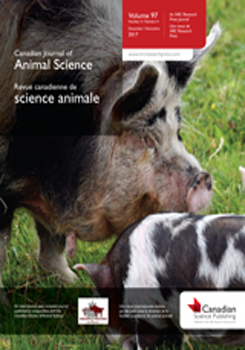Lamb meat is an important source of different fatty acids with numerous health benefits for the consumer. The aim of this study was to characterize carcass and meat traits in 14 Lacaune, 77 Ripollesa, and 33 Lacaune × Ripollesa pascual-type lambs (carcass weight, 13–16 kg) by using ultrasound and direct measurements on carcasses and laboratory analyses on meat samples. More specifically, ultrasound images and direct carcass measurements of the Longissimus dorsi (LD) were taken between the 12th and 13th ribs and between the first and second lumbar vertebrae, characterizing skin thickness, subcutaneous back-fat thickness, and depth, width, and area of LD. After slaughter, standard commercial joints were weighted (i.e., leg, rack, shoulder/foreshank, and neck), whereas a sample of the LD muscle was analyzed for fatty acid composition. All of this information becomes essential for light lamb producers, a livestock product that has a high market demand in the Mediterranean basin.
How to translate text using browser tools
4 May 2017
Carcass traits and meat fatty acid composition in Mediterranean light lambs
Cecilia Esquivelzeta,
Joaquim Casellas,
Marta Fina,
María de Mar Campo,
Jesús Piedrafita
ACCESS THE FULL ARTICLE
It is not available for individual sale.
This article is only available to subscribers.
It is not available for individual sale.
It is not available for individual sale.
acides gras
agneau léger
carcass trait
composition de la viande
fatty acid
light lamb
meat composition





